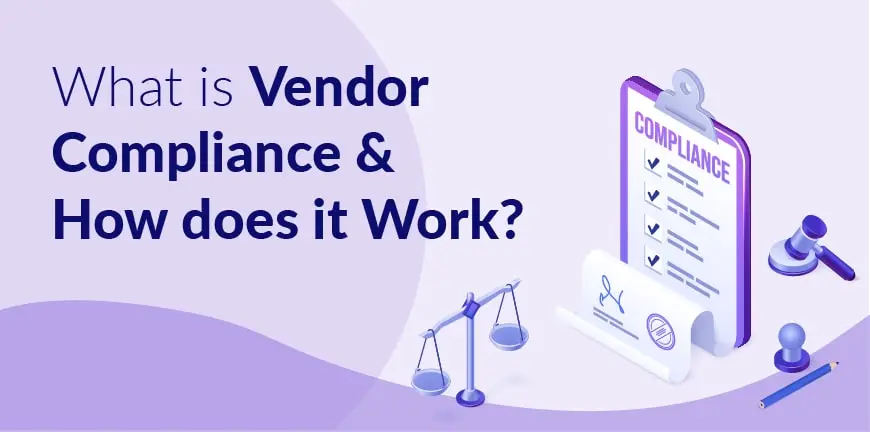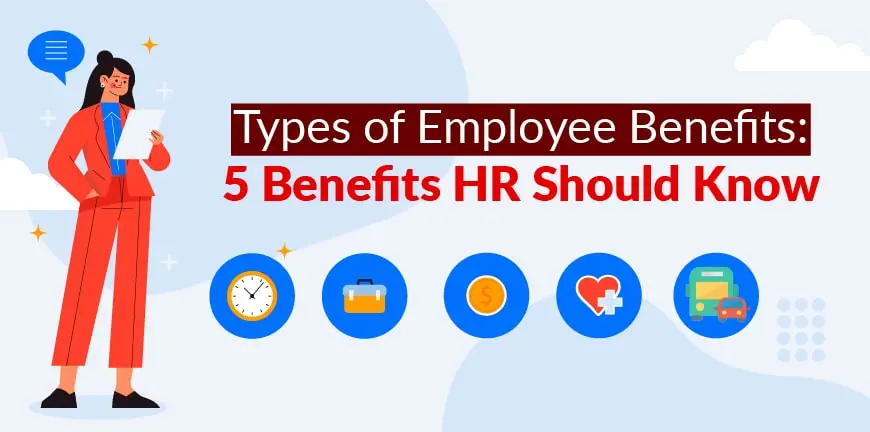
What is Vendor Compliance and How does it Work?
29/08/2024
Types of Employee Benefits: 5 Benefits HR Should Know
04/09/2024Data-driven models seem to be the only type of business models that have been working for organizations in order for them to retain a competitive edge. This was because data insights driven by data analytics made the case to transform business performances. Findings surveys indicate that companies are increasingly acknowledging the need of a data driven business model.
However, data-driven initiatives can take a horrid turn and can go against data privacy if not taken care of proactively.
Did you know that 94% of organizations say their customers would not buy from them if they did not protect data properly? Cisco and 71% of consumers say they would stop doing business with a company if it mishandled their sensitive data. (McKinsey)
The ever-evolving data privacy regulations across the globe are forcing enterprises to look at ways in which they can use key data without any conflict with privacy compliances. To make sure you run your business ethically, it’s imperative to make sure there is a right balance between data insights and privacy.
What are Data Insights and Why is it Important?
Data insights refer to the valuable information derived from data analytics that can be used to make informed decisions, identify patterns, and gain a better understanding of a situation. But bear in mind that it’s extremely essential to harness and analyze data properly to reap its full benefits and drive growth. Data insights are key to unlocking the power that data analytics hold in making decisions.
The Global State of Enterprise Analytics survey reports that 94% of respondents felt that data and analytics were important to their business growth strategy.
It’s no news that the most successful businesses are run by data. Data analysis helps businesses to understand the patterns and trends in a business’ performance. It helps in making data-backed predictions to gain a competitive advantage.
Let’s take a look at an example-
Suppose a business wants to increase revenue by increasing repeat purchasing by its customers, the first step is to analyze customer data to understand their buying patterns, order frequencies, capacity, and all other parameters related to purchasing behavior. This information is then used to meet customer needs and in turn, generate more sales and retain loyal customers.
What is Data Privacy?
Data Privacy refers to the proper handling and management of confidential data. It involves the management of how data is collected, stored and used, all while keeping compliance with relevant privacy laws and regulations.
Data privacy emphasizes transparency, consent, and accountability in the handling of personal information.
For Example, it’s important to obtain explicit consent from users before collecting their data for marketing purposes as well as provide them with options to opt out of data sharing.
How Data Insights Affect Data Privacy?
The power of Data insights is tremendous! But unfortunately, along with the opportunities it presents, there are also privacy problems that are constantly emerging.
Some of the challenges posed by data insights are-
Privacy breaches
Data insights give companies and other entities access to sensitive information, which is a threat to the privacy of data of individuals and can prove catastrophic.
Maintaining anonymity becomes a challenge
Establishing the right guidelines for the use of anonymous data is imperative, as data insights may make it difficult to ensure that individuals cannot be identified through a large amount of data. This implies that even if data is labeled as anonymous, it may still be possible to identify people.
Discrimination
Data insights can bring in prejudice while making decisions. Biased decisions can never be of any good.
Unethical actions
Businesses can use insights to influence behavior, while this may be beneficial, they must also be cautious about using this power unethically. Using data insights to make decisions without considering how it might impact the people involved is wrong. For example, businesses may be tempted to use data insights to make commercial decisions that benefit them but could harm people in their daily lives. Therefore, some guidelines must be established as to not abuse the power of data insights.
Inaccurate Data
Sometimes it may happen that data insights generated by data analytics turn out to be incorrect, about people, due to errors in data models or poor algorithms, leading to inaccurate results. Organizations may make bad decisions that affect the data privacy of users when they do not detect these errors.
Striking a Balance between Data Privacy and Data Insights
1. Create Accountability
Ensure that the procedures and policies are well-defined, and executed and demonstrate compliance with data privacy regulations.
2. Define data ownership
It’s important to establish who is responsible for handling the data entirely, including its accuracy, completeness, and privacy. You must make sure that the data insights do not fall into the hands of those who could misuse it.
3. Beware of Privacy risks and proactively prevent them
You can prevent data privacy pitfalls by incorporating responsibilities, accountability and processes of Data insights.
4. Incorporation of Privacy controls
It’s essential to set up privacy controls to monitor data consumption and traffic.
5. Reduce gathering/collection of data
In order to maintain Data privacy, it’s best to collect only the most essential data, and delete it later when it’s no longer required, rather than taking the risk of gathering all data insights in one place and struggling to keep it confidential.
6. Implement Technical and organizational measures
There are certain technical and organizational measures you can incorporate to make sure data privacy isn’t compromised, like having access controls, encryptions, and backups over the data insights that you have at hand.
7. Be quick to respond and take action on privacy issues
Make sure that you have developed a plan to swiftly and effectively respond to data privacy incidents and minimize their impact. Regular monitoring can help identify incidents much earlier on.
Wrapping Up
By combining the concepts of data insights and privacy, businesses can create a robust framework that ensures the success of their data analytics initiatives, while also safeguarding sensitive customer information from being compromised or leaked to the public. This powerful combination enables organizations to maintain compliance with regulatory requirements, gain customer trust, and avoid reputational damage caused by data breaches.
Contact Us For Business Enquiry

Rajkumar Shanmugam
Rajkumar Shanmugam is the Head of HR at ALP Consulting, bringing over 19 years of comprehensive HR leadership experience across India and international markets. His expertise spans talent acquisition, employee relations, performance management, compliance, and HR transformation. Rajkumar has a proven track record of driving people-centric initiatives, enhancing workplace culture, and aligning HR strategy with business goals. With extensive experience in US staffing operations and global mobility, he continues to lead organizational excellence through innovation and employee engagement.




